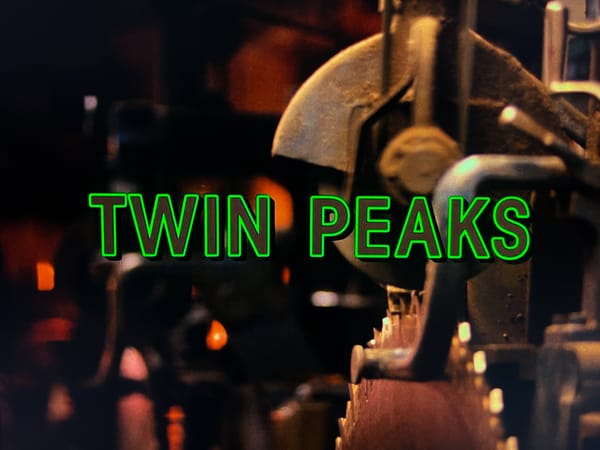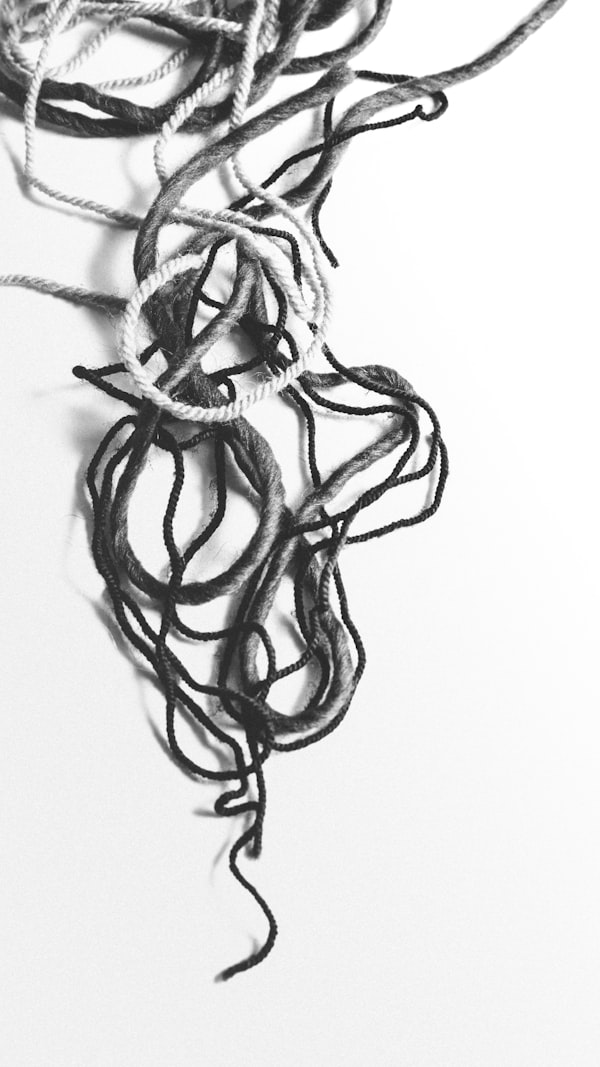Artists and Consistency
by Vic Neptune
John McCain, after his defeat by George W. Bush in the 2000 South Carolina
primary, “wrote,”—had ghost-written—several books, all with his face adorning the
covers, all on patriotism, the War on Terror, security, fighting fear, being brave and steadfast, but none of them prepared us for why he picked Governor Sarah Palin to be his running mate in the 2008 campaign season, one characterized by the last blood-rattling heaving breaths of the Bush Administration’s war and pulverization on Iraq and Afghanistan and their peoples, a million of whom at least have lost their lives while Bush gets to be an artist, painting portraits of his victims, a curious phenomenon. I’ve heard Henry Kissinger, an even more prolific killer than Bush, has taken up painting in his late nineties.
Hitler, of course, was an artist before he was a soldier in the Bavarian Army, going
through trench warfare conditions for four years. That probably affected him,
right? In any case, he never returned to painting. He became a bloody killer, like
Bush and many other world leaders throughout history. I don’t admire (or vote
for) any of these people, and I think the fact that some of them produced artistic
work at various points of their lives, is beside the point. Mussolini and Goebbels
wrote novels, actor Robert Blake is the prime suspect in the killing of his wife,
actress Joan Crawford allegedly abused her adopted daughter.
Art is not made by good people or bad people. The art made is not “bad” or
“good” because the person making it is “bad” or “good.” A painting of a street
scene somewhere in central Europe appears well-done enough, mediocre, as in
“average.” It looks alright until someone says, “It’s by Hitler.” Now a sinister
thing, the painting seems to give off energy as we imagine the man’s hand holding
a brush and a pallette and looking like a normal person of twenty-one or twenty-two painting a picture of a street corner in Vienna where he lived when he was making a very meager living as a painter.
It should not upset us that Hitler was an artist. He’s often described as a “failed
artist.” A failed artist is an artist who’s abandoned art due to any number of
reasons, sometimes just by getting involved in life: starting a family, working some
job overtime, not making time to practice art. In Hitler’s case, the war came, he
saw the destiny of Germany unfold before his eyes, enlisted in the Bavarian Army
because he was living in Munich at the time—Bavaria was an independent state
then, a state that Hitler attempted to overthrow in 1923. From painter to soldier
to troublemaker.
The art life leads the artist to want to find the most time possible for one’s art. To
make use of that time and treat it as sacred. I use the word “sacred” deliberately,
to describe the connective sense coming about in the act of creation. When one
makes something; a painting, a piece of writing, a sculpture, a song, this work has
come into being, something that started in the artist’s mind, a thought or an event
major or minor; now it’s here, in our reality, others can see it. Art is to share the
contents of one’s mind and heart, spirit and soul, with others, to illuminate, too,
the artist’s viewpoints, the things in an artist’s work that come up again and again,
plus the subtle things.
1981. I wore black a lot, eleventh grade. English Honors class, we were given the
assignment of writing a journal. I did mine in the form of a novel. “The Wasted
Man walked to the edge of a cliff overlooking a sea of blood.” That’s the opening
line. I also wrote traditional journal entries, traditional as in dated like “Monday, March 2nd, 1981 A.D.” I’d throw that “A.D.” in there because I had a goofy mind. I saw Monty Python when I was eleven years old, the right age, according to Python member John Cleese, to discover it. Absurd, off-beat humor, especially non sequiturs, or just out of nowhere remarks, appealed to me from around that age to the present. A sketch from Python sticks in my mind to this day, and it’s just a name given by the host of a TV talk show. Introducing himself he gives some typical name, like Miller, but adds that “it’s pronounced Throat Warbler Mangrove.”
My English teacher, who taught me the following year, too, wrote in my journal,
“A lot of black, young man!” She referenced the psychological darkness of the
story, “Pigeon Feathers” by John Updike, which we’d read and been tested on.
My writing, she wrote, “has the humor of Vonnegut, and the contemplative dark
intensity of ‘Pigeon Feathers.’”
I realize now she meant I was imitating Vonnegut’s style, his way of interjecting
random funny comments, like I was learning to do in my writing because I read
Vonnegut doing that and it seemed worth trying. The “Pigeon Feathers” remark
on her part is the real compliment. She sprang “Pigeon Feathers” on us. None of
us had read Updike. I tried later to read Rabbit, Run, couldn’t get past page one.
I’ve read Updike’s essays, though, and they’re damn good. So, I didn’t know how
to imitate Updike, but I could imitate Vonnegut, and my Bruce Dern imitation was
pretty good, too.
Truth was, I was depressed in those months of my junior year, first long depression of my life. Didn’t know how to deal with it for a while, but I had friends, male and female. We played Dungeons and Dragons every Friday or Saturday evening and sometimes up to five or six in the morning. Understanding parents. But in 1981 people fretted less than now about their kids when they weren’t at home. Yet, Dungeons and Dragons in 1981 was regarded by some parents as Satanic, diabolical, cultish, and I’m sure some thought the game stupid, but my mother had the right idea: It’s good because it engages the children’s imaginations, and it’s fun. She would’ve enjoyed playing the game.
I wrote about twenty-five to thirty pages, maybe more, of the novel in 1981. I
have it. The notebook it’s in, my eleventh grade English Honors class notebook,
happens to also hold a trove of Dungeons and Dragons information, maps I drew,
character sketches, random doodles, various other writings of 1981, and something
written by my first girlfriend on a sheet I was using for notes during a D & D game.
A real example of marginalia, the pencil note, written in a girl’s hand, asks me a
game-related question, trying to get information from me, the Dungeon Master
directing the game. She’s cheating, seeking advice on what her character can do in
this fight that’s about to happen. She was my first girlfriend. Like I would with any
future girlfriend, I gave her the requested info. Her character survived to the next
room. I couldn’t kill off her character. Her character benefited from her player
being my girlfriend, but she stopped shaking the strangely shaped dice when we
broke up.
The first time you get broken up on, it really sucks. Sucks the second time, too.
Part of the shades and shadows percentage of the landscape, the dark “Pigeon
Feathers” things making us wiser and capable of deep reflection, the Vonnegut ironic voice, his quirky comments and weird situations, Monty Python, the outrageous and witty premises. I put these values against the ambitions of painter George Bush, painter Henry Kissinger, painter Adolf Hitler, novelist Josef Goebbels. All of us receive the gift of creative spirit. Where it comes from, who it comes from, I don’t know—It’s not the right question—but the creative spirit, so readily apparent in the natural creativity of children, gets lost later by some through non-use. It’s always there.
If someone says, “I always wanted to play the trumpet,” reply, “Play the fucking
trumpet.”
Vic Neptune writes, makes movies (YouTube Channel John Berner), collages,
paintings. Movies made as Rhombus. Film criticism based on thousands of
movies of all eras seen. Strong interest in literature: Shakespeare, Thomas Mann,
Jack London, Robert E. Howard, Joan Didion, Philip K. Dick, and many others.
History and religion other interests also. Favorite filmmakers: Jean-Luc Godard,
Michelangelo Antonioni, Pier Paolo Pasolini, Rainer Werner Fassbinder, and
Federico Fellini. Life without art is art without life.




